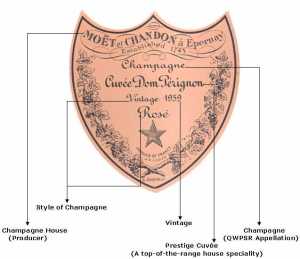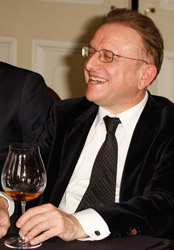 Louis Vuitton Moët Hennessy has announced ‘Behind-The-Scenes Days’ at their European artisan workshops, ateliers, and vineyards for two days in October.
Louis Vuitton Moët Hennessy has announced ‘Behind-The-Scenes Days’ at their European artisan workshops, ateliers, and vineyards for two days in October.
WWD reports that on the 15th and 16th of October the public will be able to experience what happens behind the doors of the luxury conglomerate’s brands which include fashion houses Louis Vuitton, Givenchy, and Dior, jewelry maker De Beers, and Champagne labels Moët & Chandon, Veuve Clicquot, and Dom Pérignon.
Bernard Arnault, Chairman and CEO of LVMH has recently stated: “Products are one thing, but how they’re made, who makes them, and where is also of interest to the public.”
LVMH is not the first luxury house to come up with this idea of “behind-the-scenes days”, last year Gucci toured the world with its Artisan Project, showcasing its production methods.
Most of events will take place in France and workshops are planned for locations in Italy, Spain, Scotland, and Poland. More information will be released later this month when bookings will go live online.
List of Participating Properties:
Christian Dior Couture, Salon de Haute Couture, Paris
Parfums Christian Dior, Siège Parfums Christian Dior, Paris
Louis Vuitton, Ateliers d’Asnières, Asnières
Berluti, Salons Berluti, Paris
Givenchy Couture, Studio de Création, Paris
Kenzo Mode et Kenzo Parfum, Showroom, Paris
Emilio Pucci, Archives, Italy
Loewe, Showroom, Madrid, Spain
Chaumet, Salons Chaumet, Paris
Guerlain, Maison Guerlain, Paris
Moët & Chandon, Résidence de Trianon, Epernay, Champagne
Dom Pérignon, Abbaye d’Hautvillers, Hautvillers, Champagne
Veuve Clicquot Ponsardin, Hôtel du Marc et Pavillon de Muire, Reims, Champagne
Champagne cellars of Maison Krug and Maison Ruinart, Reims, Champagne
Hennessy, Château de Bagnolet, Poitou, Charentes, Cognac
Chai de la Faïencerie, Poitou, Charentes, Cognac
Quais Hennessy, Poitou, Charentes, Cognac
The Glenmorangie Company, The Glenmorangie Distillery, Scotland
Belvédère, Belvedere Distillery, Poland
Château Cheval Blanc, Aquitaine
Château d’Yquem, Aquitaine
La Grande Epicerie de Paris, Paris
Le Jardin d’Acclimatation, Maison de Kiso, Paris



